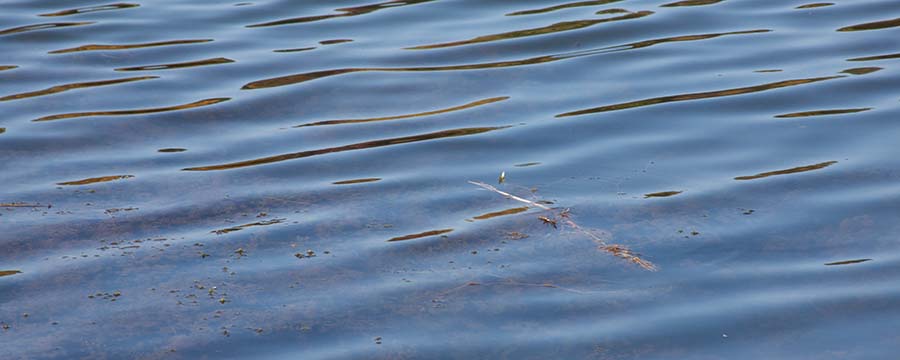



Using the Camera
The camera is now an indispensable part of my drawing toolbox. It provides me what I would not have otherwise. Even when my eyes were good, years ago, I struggled to “see”. “Seeing” for me was a chore – an arduous, painstaking, calculating exercise. I could draw well, better than most, but I did not enjoy it because it took too much out of me. However, I loved drawing when it was about invention – making up things as opposed to recording what I was looking at.
Over the years, my love of inventive drawing came through in different ways. In the 1970’s, it was geometric form and optics through abstraction. In the 80’s and 90’s, it was through comedic and grotesque figurative distortion. The next decade, with a return to abstraction, the focus was on the dynamics of nature. Then came the Skramgnirah period (hand calligraphy) and finally the algorithmic imaging. As diverse as these may seem, they had in common, an inventive approach to trompe l’oeil plausibility – making the unreal seem real.
It's 2022 now, and for the past 5 years, I have been drawing/printing representational scenes in lithography. These are not “plenaire” works but works done with reference to a photograph. In simple terms, I redraw photos… but it is more than that.
First, the photos are collected moments, special moments like a great blue heron catching a fish, turtles sunning on a log, sun light coming through trees, scenes with spiritual or sentimental implications, and so on...
Second, the photos are manipulated, altered and montaged to further emphasize what they are intended to express.
Then they are rendered meticulously, not so much for accurate reproduction, but for purposes of creative transformation. And in a way that exploits the inherent intricasies of hand-drawn stone lithographs.
2022


